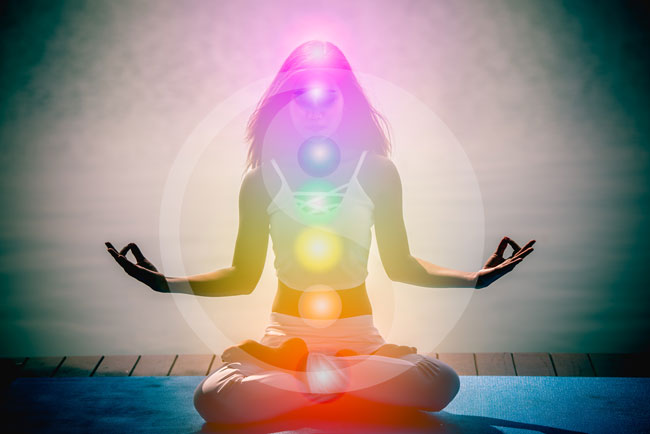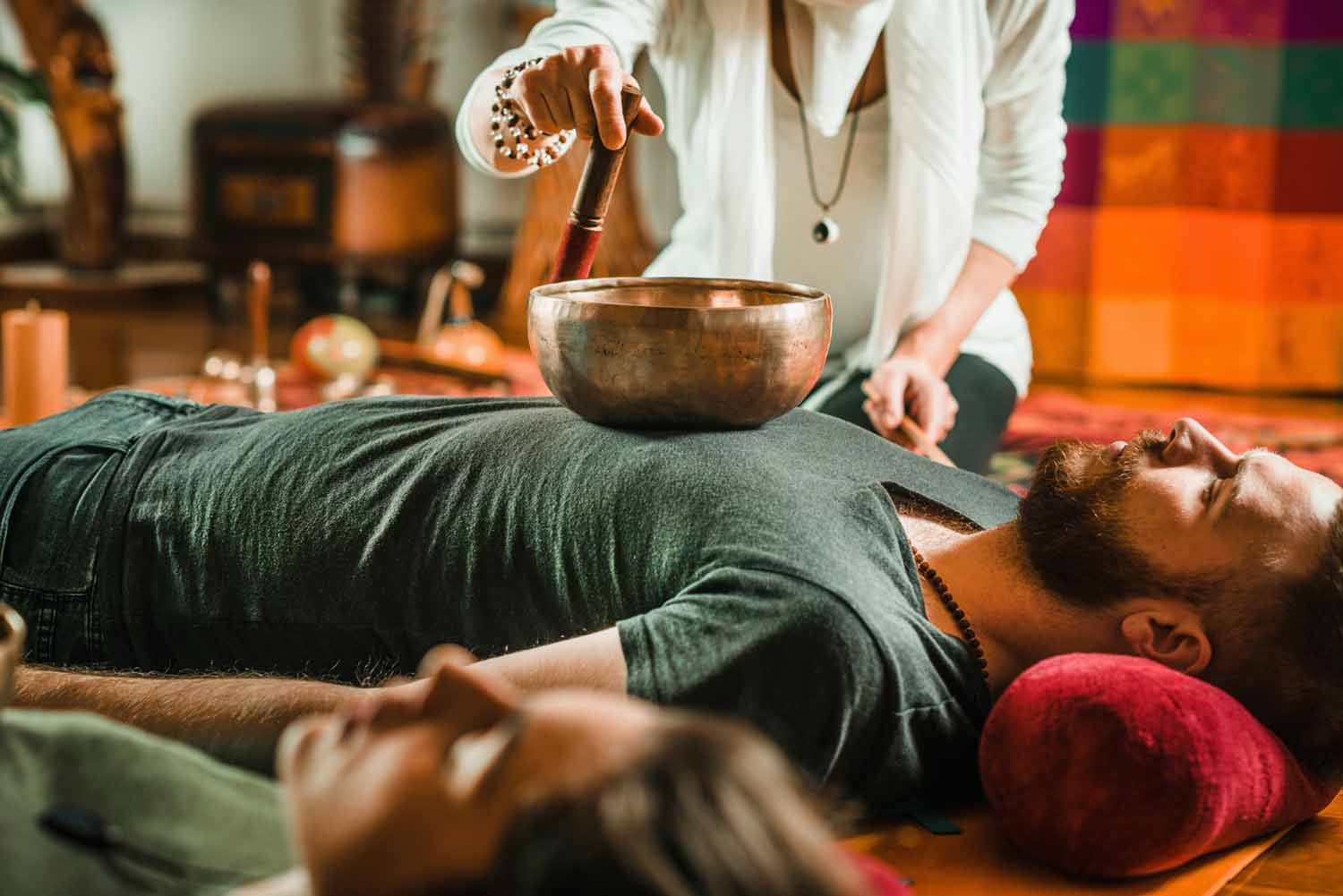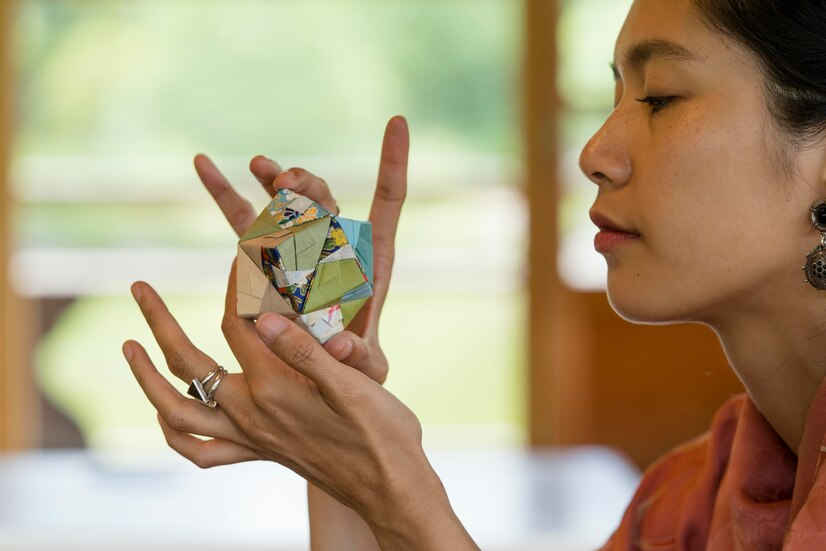Discover Your Perfect Healer Today!
Our online practitioner directory connects you with a wide range of healers to suit your unique needs.
Easily search and find the right professional to support your wellness journey.
Start exploring today to find your perfect match.
Modality
Disease
Books
Products
Events
Training
Blogs
Reiki Healers
The Truth About Reiki: Are There Risks to Consider
Reiki is a popular worldwide form of energy healing that originated in Japan because it is believed to be able to provide relaxation and restore ...
Read More → Written by
John Smith
Sound Therapy
Tune In: Sound Healing for Chakra Balance
In the holistic wellness field, two traditional practices have been gaining a lot of attention lately: sound healing and balancing the chakras. This is because ...
Read More → Written by
David Brown
Ayurveda
Exploring Ayurveda in the USA: Legality, Popularity, and Practices
India’s ancient healing system has found its market in America, but how much have Americans embraced it? This article probes into the legal position of ...
Read More → Written by
Michael Johnson
Holistic Health
Holistic Health for Personal Growth: Transform Your Life
Most of us are looking for opportunities to develop further and improve our well-being in today’s world of fast-paced lifestyles. Holistic health seeks to address ...
Read More → Written by
Michael Johnson
Energy Healer
Cultural Perspectives: How Energy Healing is Practiced Around the World
The energy around us is positioned as an ancient and universal practice available in various cultures: popular approaches seek to heal the body, mind, and ...
Read More → Written by
David Brown
Physical Therapy
Fundamental Concepts and Techniques of Physical Therapy
It is the concept of physical therapy that involves the restoration of function, pain, and mobility through various techniques and core concepts. These are the ...
Read More → Written by
David Brown






